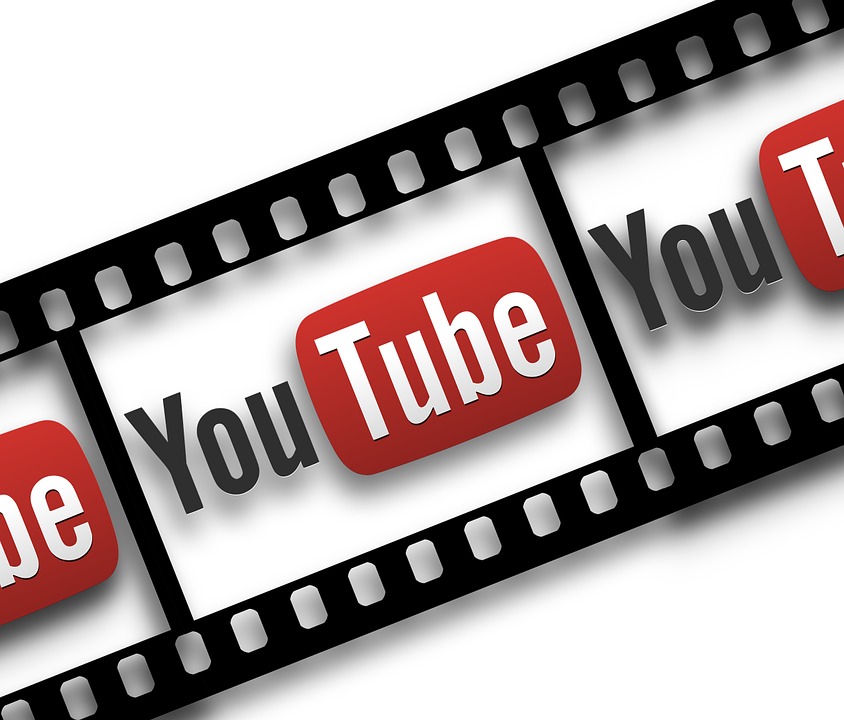Your cart is currently empty!

YouTube and Health Information
YouTube will crack down on, among other things, “videos promoting a phony miracle cure for a serious illness.” There are plenty of these on YouTube.
Cure cataracts with spinach! End diabetes by chewing garlic cloves! Binaural beats stop depression! Or, as a study published in Health Informatics put it, “YouTube contains misleading information, primarily anecdotal, that contradicts the reference standards and the probability of a lay user finding such content is relatively high.”
Another study, examining the information available at YouTube for searches on “sinusits,” found that 45% of the first 100 videos offered contained some useful information. 55% had no useful information. 27% had dangerous false information.
A third study found similar levels of misinformation, but noted further that reliable information wasn’t viewed more frequently than misleading videos.
Why is YouTube different?
Like owner Google’s search engine, YouTube offers searchers items closest to what they ask for. Look for “opioids” at YouTube or at Google.com and you’ll see results about opiods. But the results are different.
Google offers government options on drug abuse.

YouTube is going with entertainment value. The Centers for Disease Control actually have quite a few videos on YouTube, but they were not offered to our testers.

YouTube’s goal is to keep people watching. Sit through one video showing a Mexican Doctor’s Revolutionary Cure for Joint Pain and Poor Vision, and you’ll be offered more of the same. When you snap out of your trance, you’ll find that you’ve spent an hour sucking up misinformation. That’s success for YouTube.
Google.com doesn’t try to grab your attention after you’ve clicked through to a website.
Changes
While YouTube will probably keep showing people more of what they like, they have promised to offer fewer videos with “borderline” content. These are videos that don’t actually violate YouTube’s standards enough to be taken down, but which come close. Videos with health information that can “misinform users in harmful ways” will not be teed up as often even if viewers clearly like them. “You’ll have to look for them,” NPR explained.
How should this affect your use of YouTube? First, these changes will affect just about 1% of videos on YouTube — not just healthcare videos, either. It’s a change to the algorithm, but that 27% of harmful misinformation is still there.
Some steps you can take:
- Add useful, reliable information to YouTube. Your videos may be a drop in the bucket, but they can help more at YouTube than if you don’t upload them.
- Embed videos at your website instead of sending patients to YouTube. Embedded videos may still show follow up videos, but they don’t have the whole trance-inducing setup.
- When you embed your videos, you can use “?rel=0” to limit the other videos shown. Until last year, that code would prevent YouTube’s queuing up videos to play after your embed. Now, it limits those videos to other content from the same channel. You can therefore feel confident that you won’t inadvertently serve up “Get High on Rotten Meat Diet” after your video.
Encourage patients to apply critical thinking to their YouTube use, and to ask you if they have questions.
by
Tags:

Leave a Reply